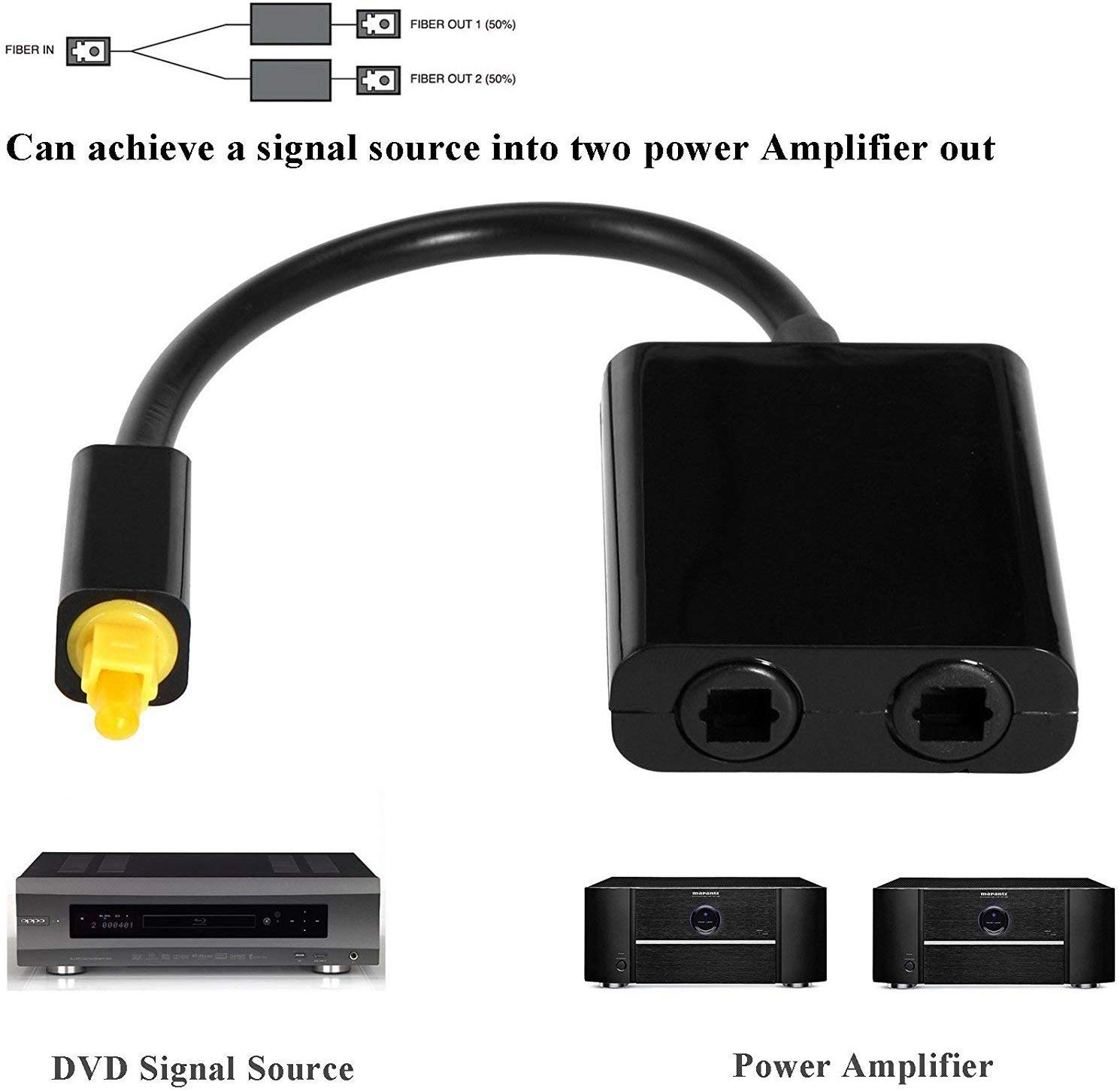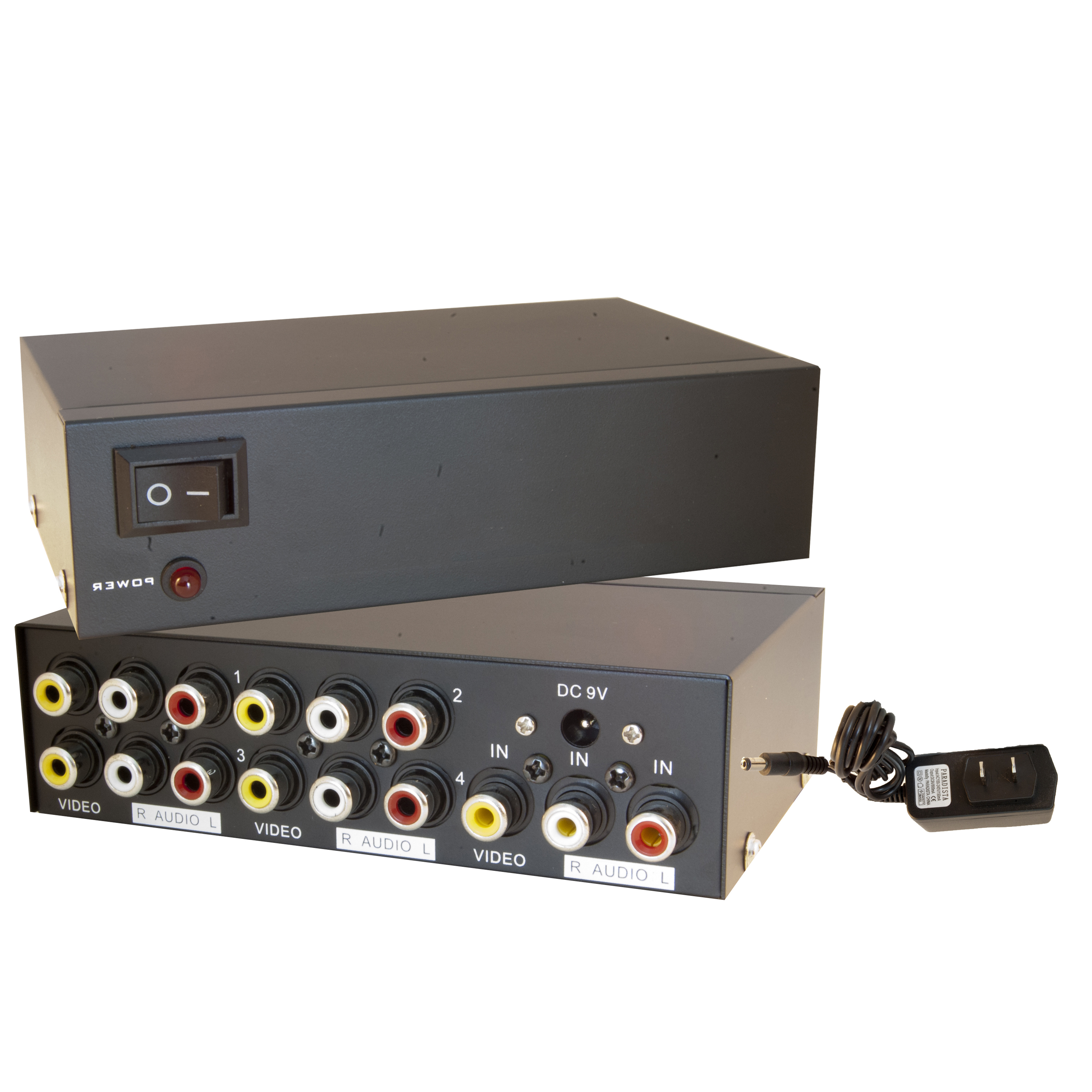

How to Choose the Right Fiber Optic Splitter? Centralized Splitting vs Distributed Splitting in PON Based FTTH Networks will further illustrate these two splitting methods that adopt fiber optic splitters. The first level of splitting (1:4 or 1:8) is installed in a closure, not far from the central office the second level of splitters (1:8 or 1:16) is situated at terminal boxes, close to the customer premises. The OLT port is connected/spliced directly to an outside plant fiber. A cascaded or distributed splitter configuration normally has no splitters in the central office. A centralized splitter configuration generally uses a combined split ratio of 1:64, with a 1:2 splitter in the central office, and a 1:32 in an outside plant (OSP) enclosure such as a cabinet.

Point-to-multipoint FTTH network deployment can be further divided into the centralized (single-stage) or cascaded (multi-stage) splitter configurations in the distribution portion of the FTTH network. An optical splitter is often used in the ODN to help multiple end-users share a PON interface. A typical FTTH architecture is: Optical Line Terminal (OLT) located in the central office Optical Network Unit (ONU) situated at the user end Optical Distribution Network (ODN) settled between the previous two. FTTH is one of the common application scenarios. Optical splitters, enabling the signal on the optical fiber to be distributed between two or more optical fibers with different separation configurations (1×N or M×N), have been widely used in PON networks. PLC splitter is based on planar lightwave circuit technology, which is available in a variety of split ratios, including 1:4, 1:8, 1:16, 1:32, 1:64, etc, and can be divided into several types such as bare PLC splitter, blockless PLC splitter, ABS splitter, LGX box splitter, fanout PLC splitter, mini plug-in type PLC splitter, etc.Ĭheck the following PLC Splitter vs FBT Splitter Comparison Chart:įiber Optic Splitter Application in PON Networks Besides, based on working wavelength differences, there are single window and dual window optical splitters-the former is to use one working wavelength, while the latter fiber optic splitter is with two working wavelengths.įBT splitter is based on traditional technology to weld several fibers together from the side of the fiber, featuring lower costs. The multimode optical splitter implies that the fiber is optimized for 850nm and 1310nm operation, whereas the single mode one means that the fiber is optimized for 1310nm and 1550nm operation. Besides, it has variously different split configurations, such as 1x2, 1x8, 2x32, 2圆4, etc.Īccording to the different transmission mediums, there are single mode optical splitter and multimode optical splitter. Fiber optic splitter box is usually used with 2mm or 3mm outer diameter cable, while the other is normally used in combination with 0.9mm outer diameter cables. The optical splitter can be terminated with different forms of connectors, and the primary package could be box type or stainless tube type. With the rapid growth of FTTx worldwide, the requirement for larger split configurations in networks has increased to serve mass subscribers. Its function is to split two incident light beams from two individual input fiber cables into sixty-four light beams and transmit them through sixty-four light individual output fiber cables. There are two input terminals and sixty-four output terminals in the optical splitter in 2圆4 split configurations. The optical splitter with 2圆4 split configurations is a little bit more complicated than the 1x4 split configurations.

For instance, if the input fiber optic cable carries 1000 Mbps bandwidth, each user at the end of output fiber cables can use the network with 250 Mbps bandwidth. The 1x4 split configuration presented below is the basic structure: separating an incident light beam from a single input fiber cable into four light beams and transmitting them through four individual output fiber cables. Specifically speaking, the passive optical splitter can split, or separate, an incident light beam into several light beams at a certain ratio. Therefore, the reallocation technique of optical signal can be achieved in multiple fibers, which is how fiber optic splitter comes into being. That is to say, if two fibers are close enough to each other, the transmitting light in an optical fiber can enter into another optical fiber. A small amount of energy will be spread through the cladding of the fiber. Generally speaking, when the light signal transmits in a single mode fiber, the light energy cannot be entirely concentrated in the fiber core.


 0 kommentar(er)
0 kommentar(er)
